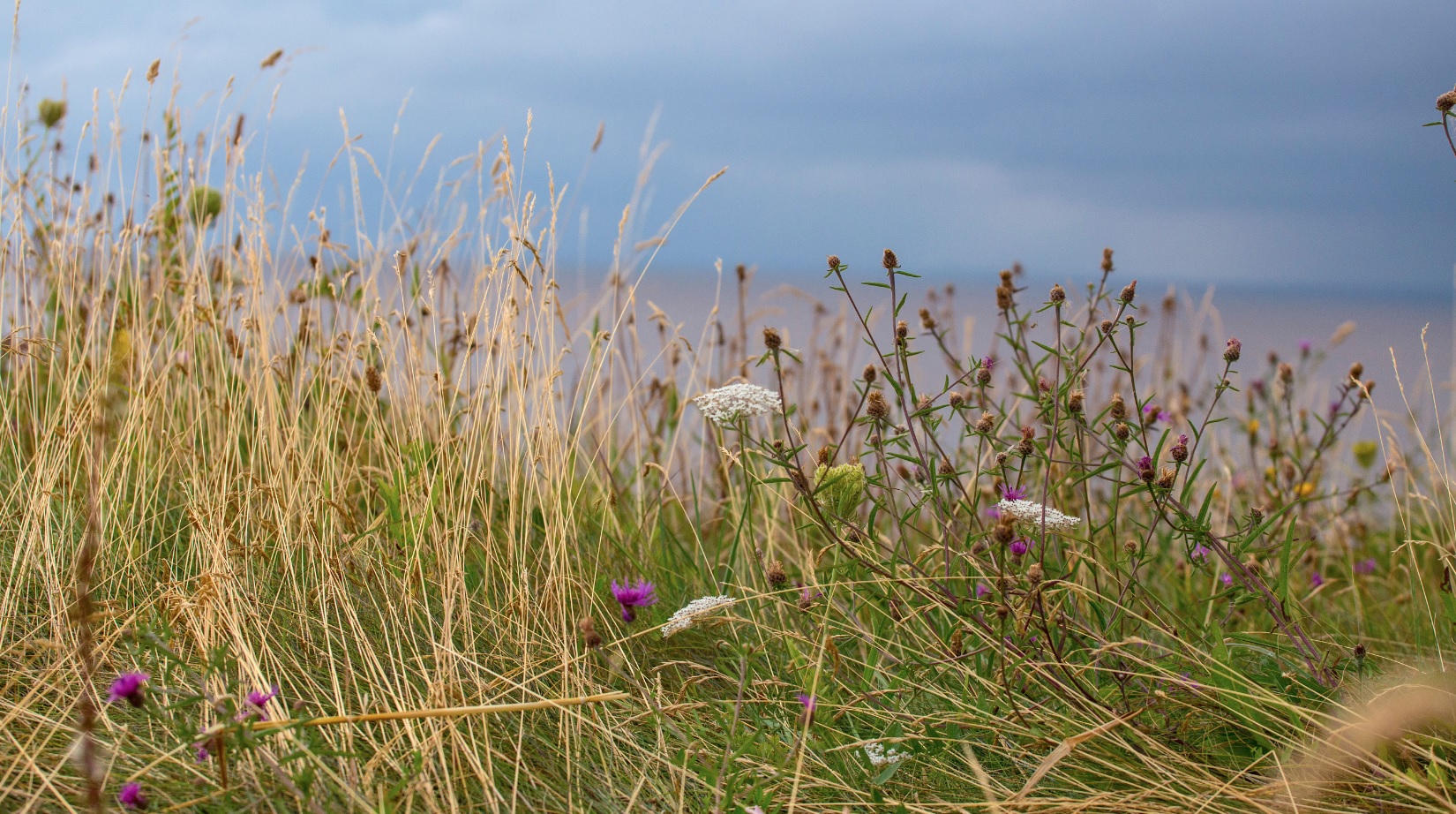Meadows are crucial habitats which comprise over 150 different species of flower and grass, supporting a vast array of insects, butterflies and many small animals and birds – up to 40 different species reside in each square meter of native wildflower meadow.
Meadows and grasslands act as complete eco-systems on which many species completely depend. The rapid post-war destruction of British wildflower and grassland meadows led to a worrying decline in many of these meadow-dependent species.
For almost half a century conservationists have voiced their fear for these unique and diverse environments but their protests have been widely ignored. Because initially it was a slow decline, people simply didn’t see or understand the destruction which was unfolding in the fields and common spaces around us all.
British native wildflower meadows feature over 100 different species of flowers and grasses, some of which are rarely found elsewhere. The diverse range of flora in these habitats supports a huge collection of insects and invertebrates, including essential pollinators which not only pollinate crops but are a vital source of food for farmland birds and small mammals. A meadow could feature as many as 40 different species in just a single square meter of land, but unfortunately, now only 3% of British wild grassland meadows are species rich.
Almost 90% of all plants require a pollinator in order to reproduce; it isn’t difficult to understand how important pollinating insects and butterflies are. Without butterflies, many plant species would be unable to reproduce and would die out, impacting both wildlife and human food production alike. Butterflies are especially valuable in encouraging genetic variation in plants as they often travel long distances to collect nectar – this ensures that plant species remain robust and resilient to diseases.
Bees, much like butterflies, are faring poorly. More than 250 species, including 20 + species of bumble bee, are native to this country, but bees have become increasingly endangered in the last 75 years. The shrill carder bee, for example, exists in only seven locations and is seriously threatened by developments in the Thames Gateway which could destroy its most significant habitat.
Wildflower meadows are also important habitats for birds; many of the bird species which have experienced the sharpest decline in Britain are farmland birds which use wildflower meadows for their habitat and feeding grounds. The time of year at which meadows are cut is critical if we don’t wish to destroy nests, eggs and chicks from ground nesting birds. I always recommend that we wait until nesting is finished before cutting to preserve these delicate populations. In areas where field margins are left, these also provide shelter for birds in the winter months as well as a source of nutritious seeds and insects.

Wildflower meadows and grasslands also provide other environmental benefits including carbon storage, ammonia absorption and can help with water retention to reduce flooding further downstream. Often these environmental benefits are widely overlooked. Field margins also help reduce run-off from arable fields, reducing the quantity of nutrients from fertilisers and pesticides from entering natural watercourses.
If you are interested in creating your own wildflower meadow, there are differing seed options available online. Where you are able to, I would always recommend a perennial seed mix made up of regional seeds suitable for your soil type. If you do not know what type of soil you have, there are many easy-to-use testing kits. Preparing the ground effectively and seeding is all you need to do, once your meadow is sown you can leave it year-on-year, and watch the flowers change annually as it matures.
Small areas with native flowers are just as effective as converting large swathes of land. I encourage anyone who can to create a small meadow which will help us create a corridor of habitats to help with increasing biodiversity and enable our UK native wildflower grasslands to bounce back.
James Gillies has many years of experience in managing and creating wildlife habitats. In 2018 he launched his hugely successful meadow project which created a patchwork of habitats across the UK, from Scotland to the South Coast. For more on James’ work, visit james-gillies.com or call 07973 769406








